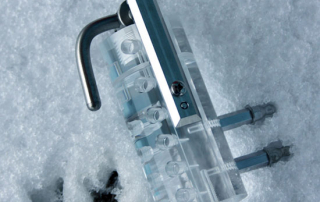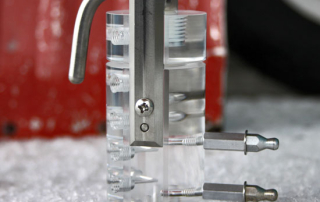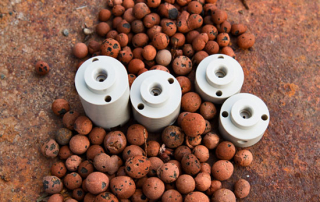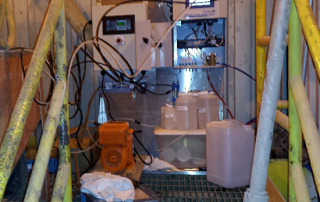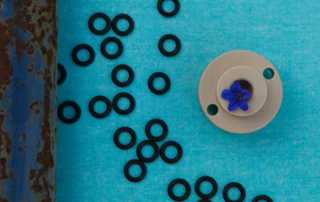Autoanalyzer
How to Test for Free Cyanide Utilizing Gas Diffusion
ASTM D7237 Standard Test Method for Free Cyanide with Flow Injection Analysis (FIA) Utilizing Gas Diffusion Separation and Amperometric Detection This is a new standard test method that was developed by ASTM Committee D19 to determine the concentration of free cyanide in an aqueous wastewater or effluents. The method detects free cyanide (HCN and CN-) and a [...]


